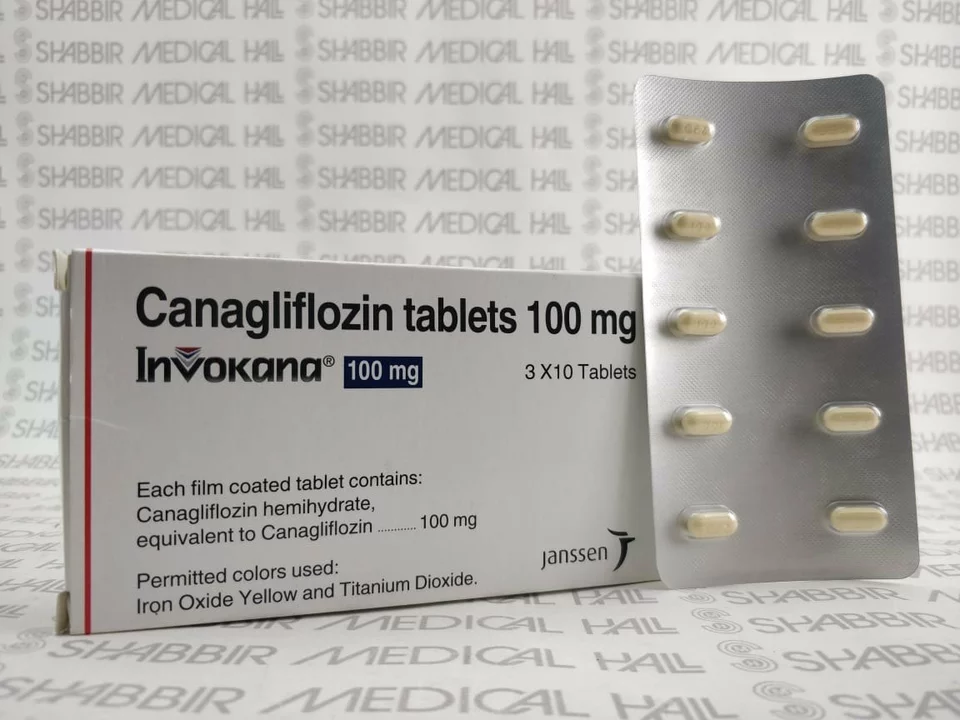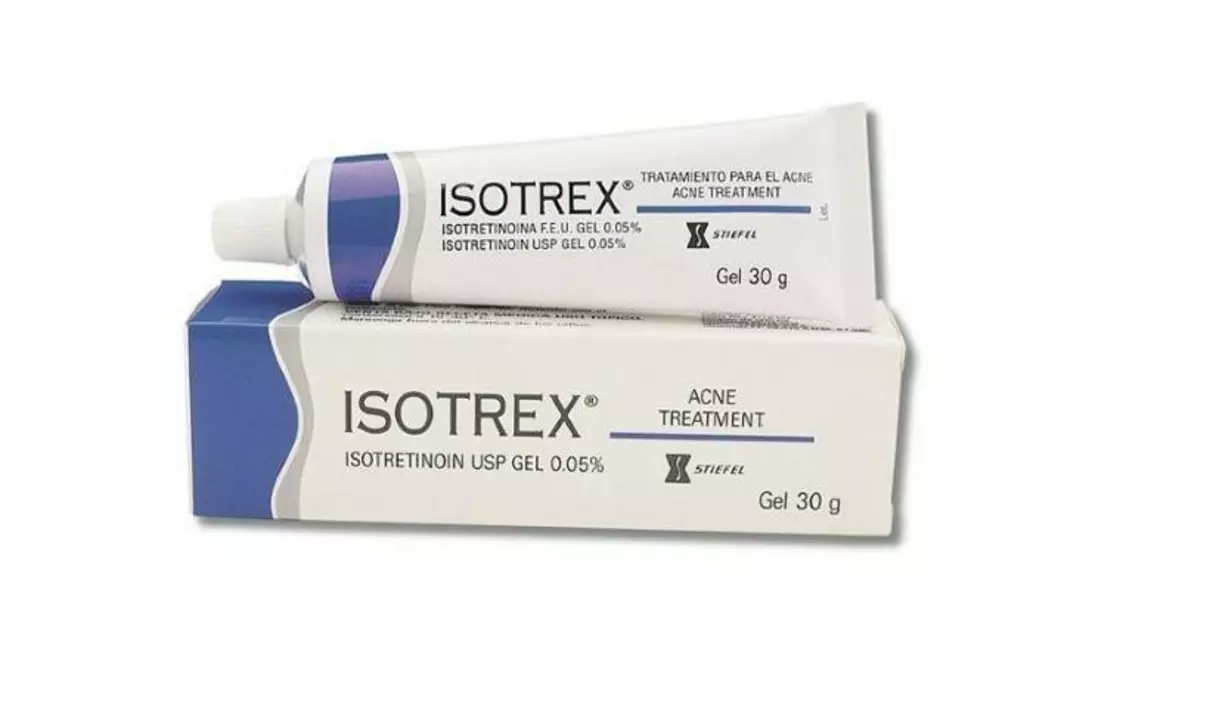April 2023 Archive: Canagliflozin, Colchicine & Atorvastatin
This month we posted three focused, practical pieces on medicines people actually ask about: canagliflozin for type 2 diabetes, colchicine for certain skin problems, and how atorvastatin works better when paired with dietary fiber. If you read one thing here, let it be clear guidance you can use when talking with your doctor.
What we covered
Canagliflozin: I looked at how this SGLT2 inhibitor helps lower blood sugar and can help with weight and blood pressure in people with type 2 diabetes. The drug can be a useful option, but it isn’t risk-free — expect common issues like genital infections and dehydration, and ask your clinician about rare but serious problems such as ketoacidosis or volume depletion. Recent trials have also shown benefits for heart and kidney outcomes in some patients, so it’s worth discussing long-term goals before starting.
Colchicine for skin conditions: Colchicine isn’t just for gout. Because it blocks microtubule formation and calms inflammation, dermatologists sometimes use it for psoriasis, Behçet’s disease, and some autoimmune skin disorders. It can work when other therapies fail, but watch for stomach upset and interactions with some antibiotics and antifungals. A dermatologist can decide whether colchicine is a good fit and what monitoring you’ll need.
Atorvastatin plus fiber: Combining a prescription statin with a high-soluble-fiber diet (think oats, psyllium, beans, and some fruits) gives better LDL lowering than diet or drug alone. Fiber helps pull cholesterol out through the gut. Practical tip: take your statin and high-fiber supplements at different times to avoid reducing drug absorption, and tell your doctor about any supplements so they can check for interactions.
Practical takeaways
If you have diabetes and your clinician mentions canagliflozin, ask how it fits your weight, blood pressure, heart, and kidney goals — and clarify how to spot dehydration or genital infections early. For skin conditions, ask whether colchicine offers advantages over existing options and what blood tests or dose limits you’ll need. For cholesterol, boost your statin with soluble fiber from foods or a supplement, but space doses and keep your clinician informed about extra supplements.
Short checklist before making changes: 1) Talk to your prescriber about benefits and risks specific to your health; 2) Ask what monitoring or lab tests are needed; 3) Report new symptoms quickly (fever, severe stomach upset, unusual bruising, dizziness, or signs of infection); 4) Review all medicines and supplements to avoid interactions.
Want quick links to the full posts? Check the Canagliflozin deep dive, the Colchicine dermatology review, and the Atorvastatin + Fiber guide on this site for more details and references you can show your provider.






